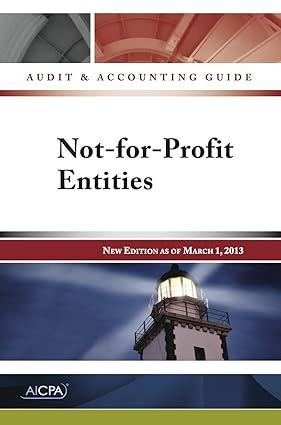Question
Campbell Company manufactures and sells adjustable canopies that attach to motor homes and trailers. The market covers both new unit purchases as well as replacement
Campbell Company manufactures and sells adjustable canopies that attach to motor homes and trailers. The market covers both new unit purchases as well as replacement canopies. Campbell developed its business plan for the year based on the assumption that canopies would sell at a price of $400 each. The variable costs for each canopy were projected at $200, and the annual fixed costs were budgeted at $100,000. Campbells after-tax profit objective was $240,000; the companys effective tax rate is 40 percent. While Campbells sales usually rise during the second quarter, the May financial statements reported that sales were not meeting expectations. For the first five months of the year, only 350 units had been sold at the established price, with variable costs as planned, and it was clear that the after-tax profit projection for the year would not be reached unless some actions were taken. Campbells president assigned a management committee to analyze the situation and develop several alternative courses of action. The following mutually exclusive alternatives, labeled A, B, and C, were presented to the president: A. Lower the variable costs per unit by $25 through the use of less expensive materials and slightly modified manufacturing techniques. The sales price will also be reduced by $30, and sales of 2,200 units for the remainder of the year are forecast. B. Reduce the sales price by $40. The sales organization forecasts that with the significantly reduced sales price, 2,700 units can be sold during the remainder of the year. Total fixed and variable unit costs will stay as budgeted. C. Cut fixed costs by $10,000, and lower the sales price by 5 percent. Variable costs per unit will be unchanged. Sales of 1,900 units are expected for the remainder of the year.
Required:
1. Determine the number of units that Campbell Company must sell in order to break even assuming no changes are made to the selling price and cost structure.
500 units
2. Determine the number of units that Campbell Company must sell in order to achieve its after-tax profit objective. fill in the blank 2 units
3. Determine which one of the alternatives Campbell Company should select to achieve its annual after-tax profit objective. Be sure to support your selection with appropriate calculations.
Alternative B
After-tax profit
Alternative A $fill in the blank 4
Alternative B 241,200
Alternative C 193,200
Step by Step Solution
There are 3 Steps involved in it
Step: 1

Get Instant Access to Expert-Tailored Solutions
See step-by-step solutions with expert insights and AI powered tools for academic success
Step: 2

Step: 3

Ace Your Homework with AI
Get the answers you need in no time with our AI-driven, step-by-step assistance
Get Started


